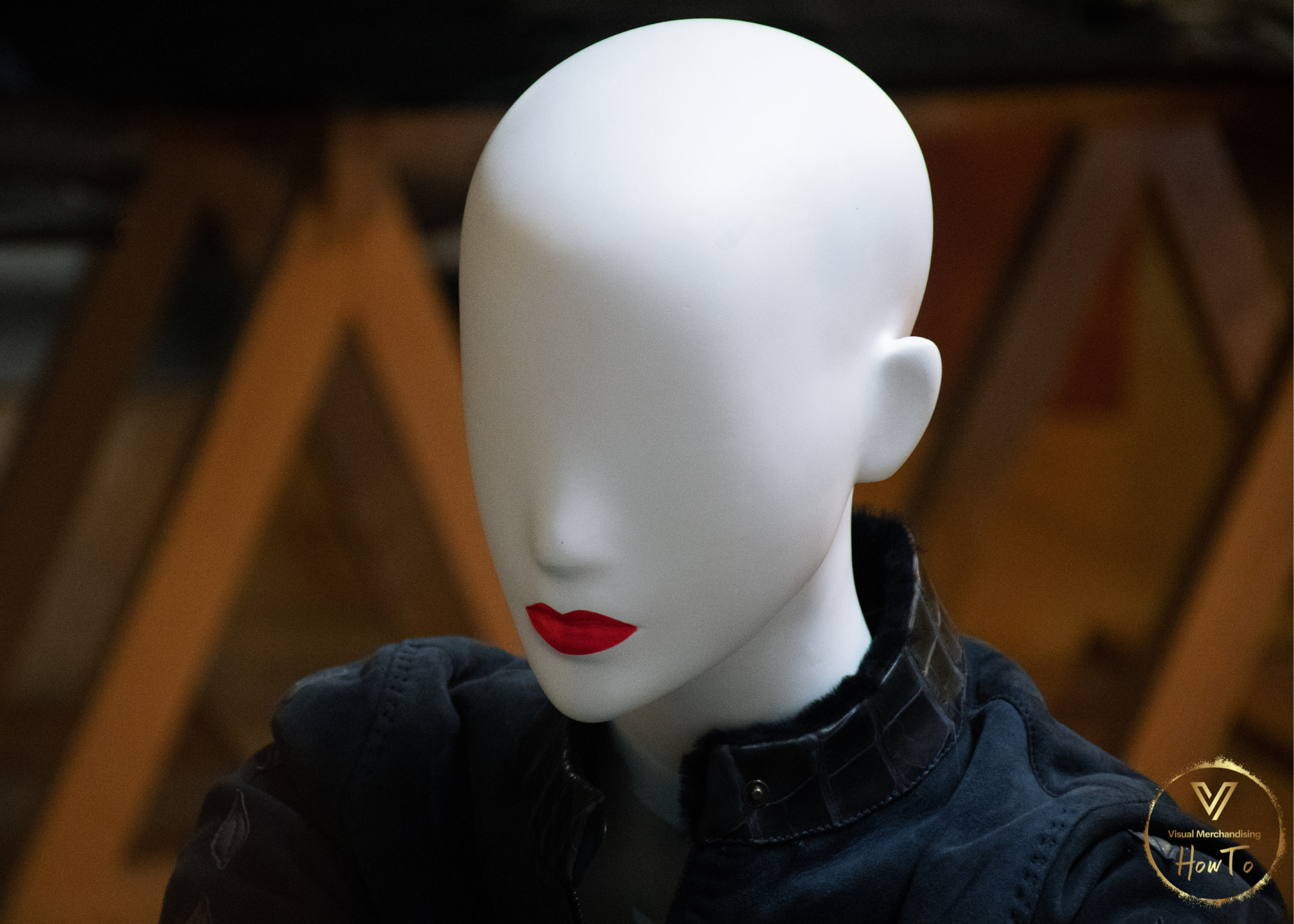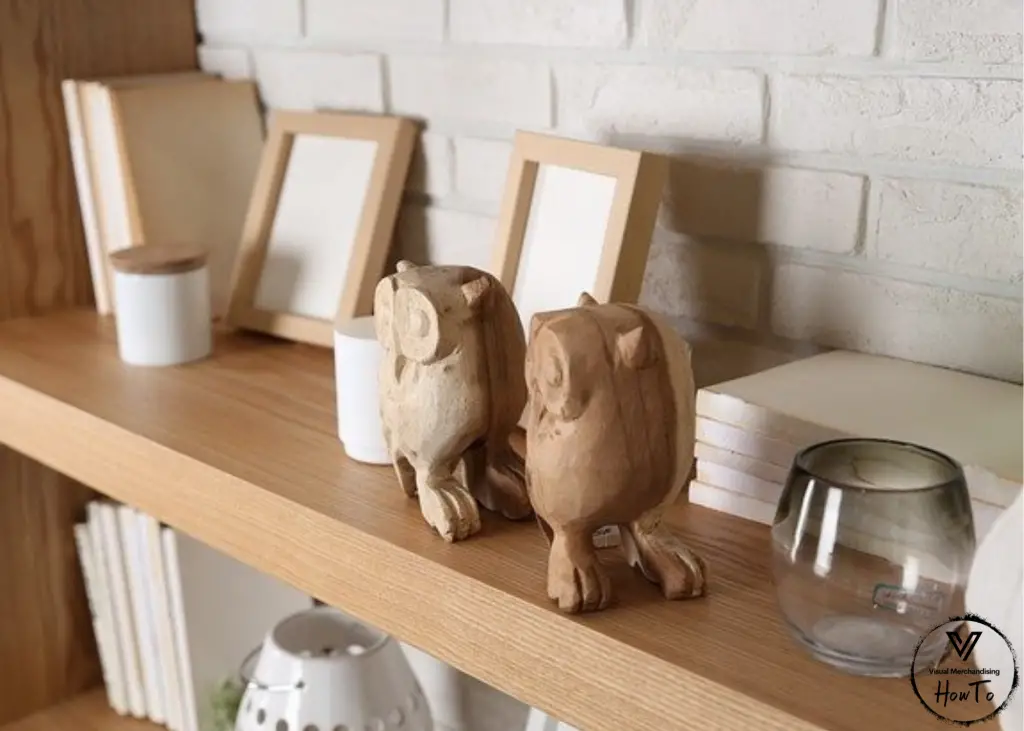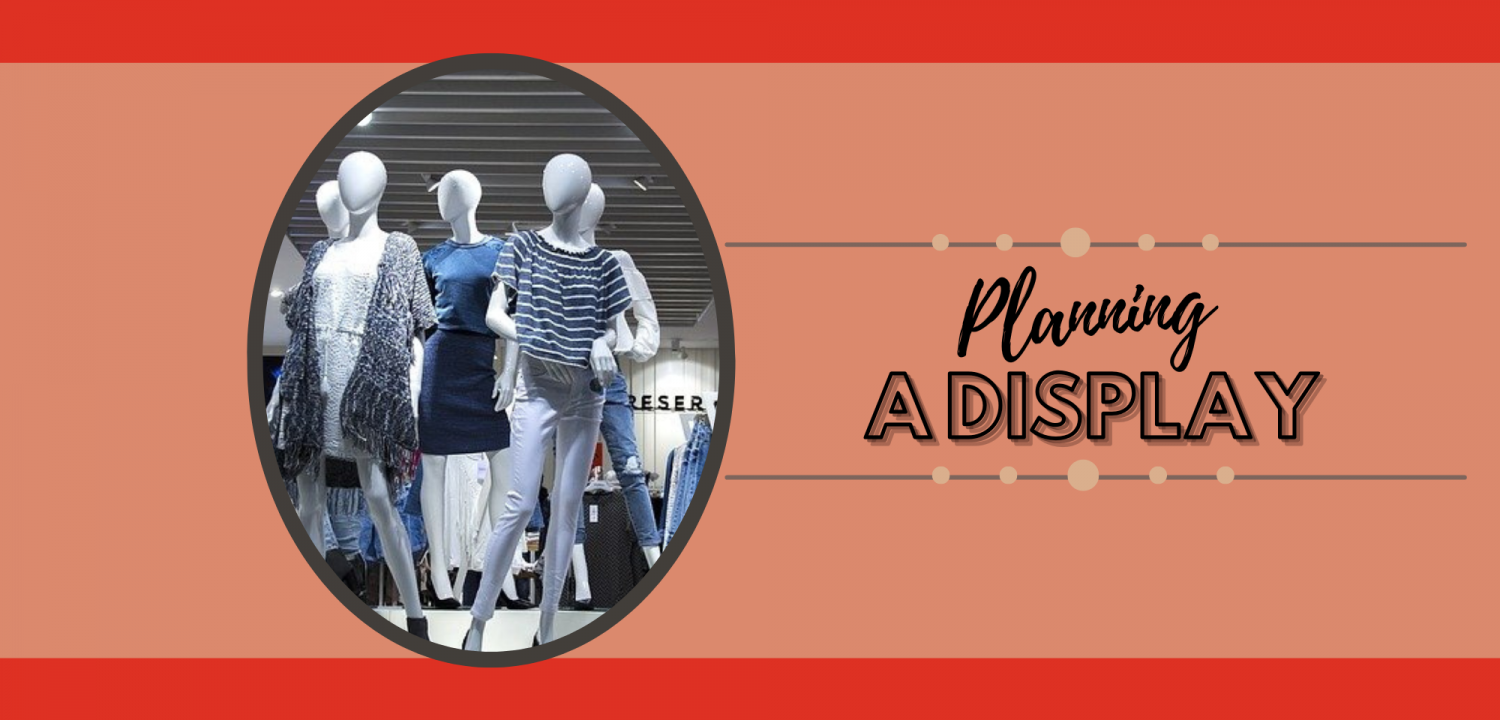Planning a Window Display
How do you plan a display?
Whether it is a window display, table top display, in store display or even holiday display how do you go about planning the creation of said such display?
That is a great question which depending on the person; the manner in which they plan a display may be a little different then what is stated here. However in the end each process of planning has the same end goal: create visually appealing displays that in turn create sales for a business.
That is a great question which depending on the person and the way they intend to
No matter what form of business you are in, the ability to captivate your audience and draw them into your store at a moment’s glance is key to the sustainability of any business. Let’s break down some key elements in bringing your creative concepts and products to light in order to gain retail sales. Keep in mind these key elements may not be in chronological order of precedence.
Key Point # 1: Pick your PRODUCT/MERCHANDISE you want to FOCUS on!
The key to any display whether it is a window, table top or in store display is knowing what product you are intending to focus on. What is/are the items in which you intend to sell.
Key Point # 2: Know who your AUDIENCE IS!
Know the demographic in which you aim to sell too..also known as your target audience! Also keep in mind that your target audience takes into consideration the location of your store. If you do not create a window display relevant to your physical location it is bound to not engage your audience. If you have a store in a beach town; make the window display relevant for the beach town along with the merchandise you are displaying. Ensure the colors, lighting, fabrics, texture, mannequins, props and overall story or theme of the display coincides with your store. For example make sure you do not showcase winter wear for the east coast when it is spring and you are located on the west coast. You will not relate to your audience and they will not be able to visualize themselves wearing or using the merchandise you have created a display for.


Key Point # 3: It all starts with a STORY …
Creating a story about your brand or theme for the display to be based on. Upon coming up with this creative directive you may also ensure that the product or merchandise you are selling is either balanced in some form in the display or is seen as the focal point within the display.

When you are deciding upon the creation of your display, ensure that you create a schedule for every display. Meaning this schedule needs to be adhered to for changing out and relevance to the current trends, seasons, Pantone colors etc. The buyer tends to work with the merchandiser and/or is the one creating these displays dependent on the size of the business.


Key Point # 4: Creative Assets
When you are designing your display based upon the items in which the buyer has purchased. You need to ensure you add some creative assets to your display. Some examples are shown below such as mannequins, props, current trends, signage, technology, actual merchandise you intend to sell, and lighting. However this is list can be expanded upon.


Examples of props





